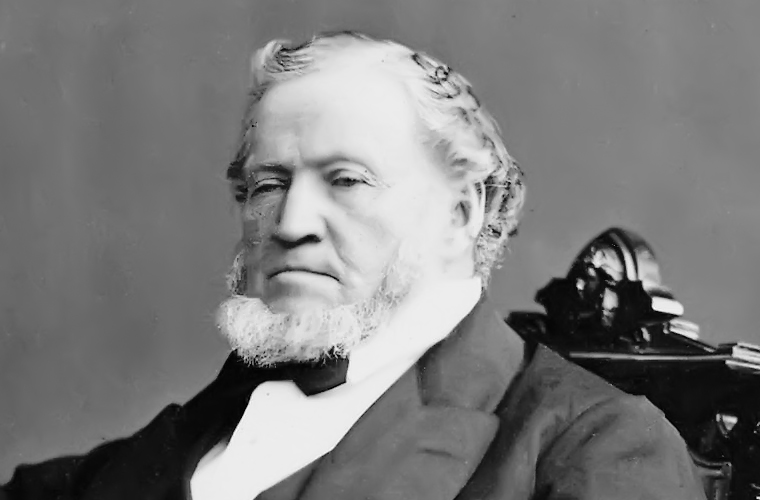Brigham Young was a complex figure who made many statements throughout his life, some of which are now considered racist. His views on race and ethnicity were influenced by the prevailing attitudes of his time and place, which were characterized by a belief in white supremacy and the inferiority of non-white races.
One of the most controversial statements attributed to Young is the one I mentioned earlier, which he made in 1852 in a sermon delivered in Salt Lake City, Utah. In that sermon, Young spoke of the curse of Cain, a belief held by some early Latter-day Saint leaders that people of African descent were the descendants of Cain, who was cursed by God for killing his brother Abel.
According to Young, the curse of Cain resulted in the dark skin of Black people, which was a sign of their inferiority and lack of worthiness. Young’s statement reflects the deeply ingrained racism of his time and place, which saw Black people as inherently inferior to white people.

It is important to note that Young’s views on race were not limited to Black people. He also held negative views of Indigenous peoples and other non-white groups, whom he referred to as “savages” and “barbarians.” He believed that they were primitive and uncivilized and that their societies were inferior to those of white people. Young’s views on race were not unique among the early leaders of the LDS Church. In fact, many of his contemporaries shared his views and used them to justify the church’s policies towards non-white groups, including the denial of priesthood ordination to Black members until 1978.
However, it is worth noting that Young’s views on race were not monolithic, and he sometimes expressed sympathy for the plight of non-white people. For example, he spoke out against the mistreatment of Indigenous peoples and encouraged the church’s members to treat them with respect and kindness. It is also worth noting that the LDS Church has since repudiated racism in all forms and has taken steps to distance itself from its racist past. The church issued an official statement in 2013 disavowing the theories that were used to justify the priesthood ban and apologizing for the pain it caused to Black members of the church. The church has also made efforts to increase diversity and inclusivity within its ranks and to promote racial harmony and understanding.

